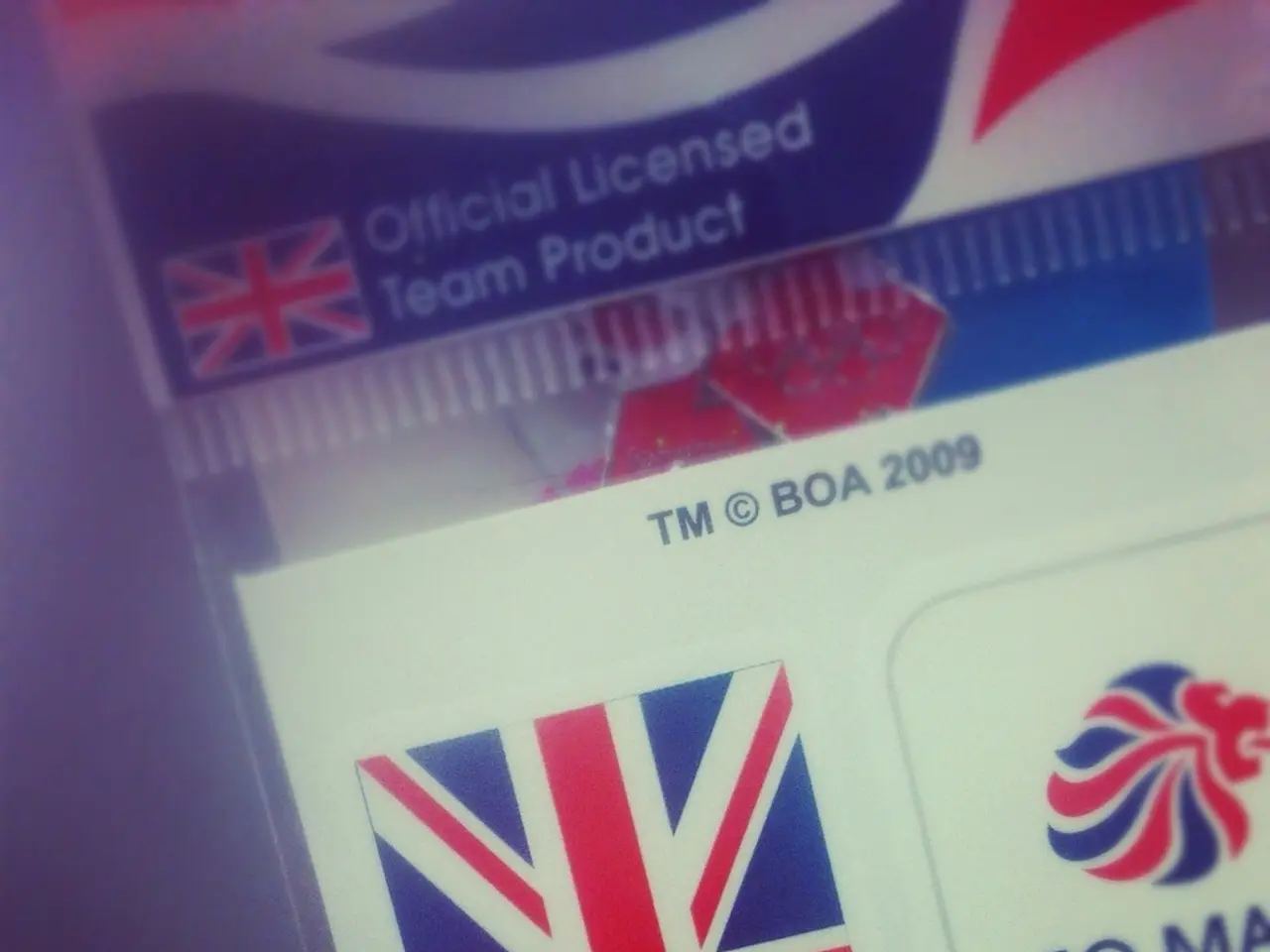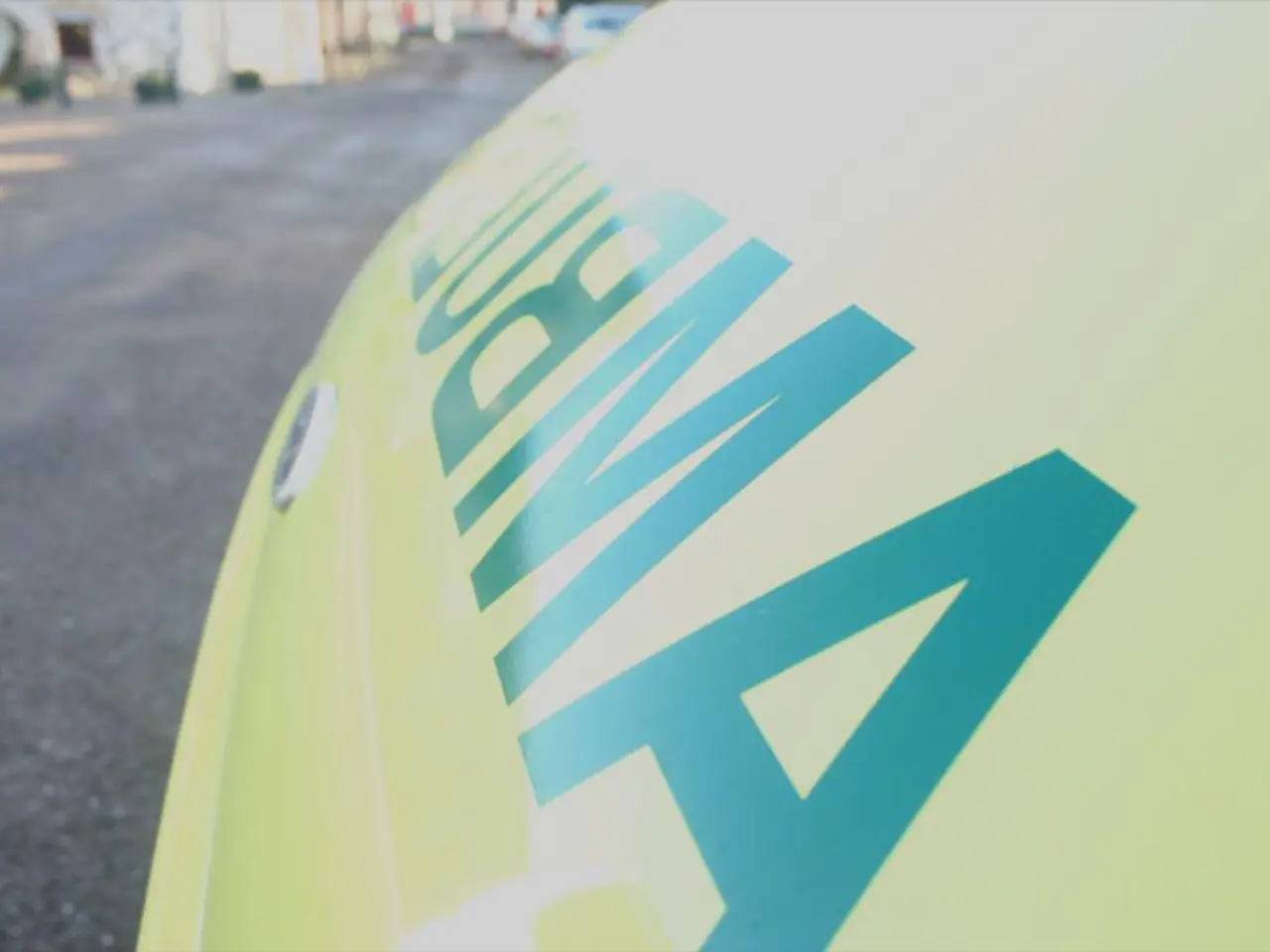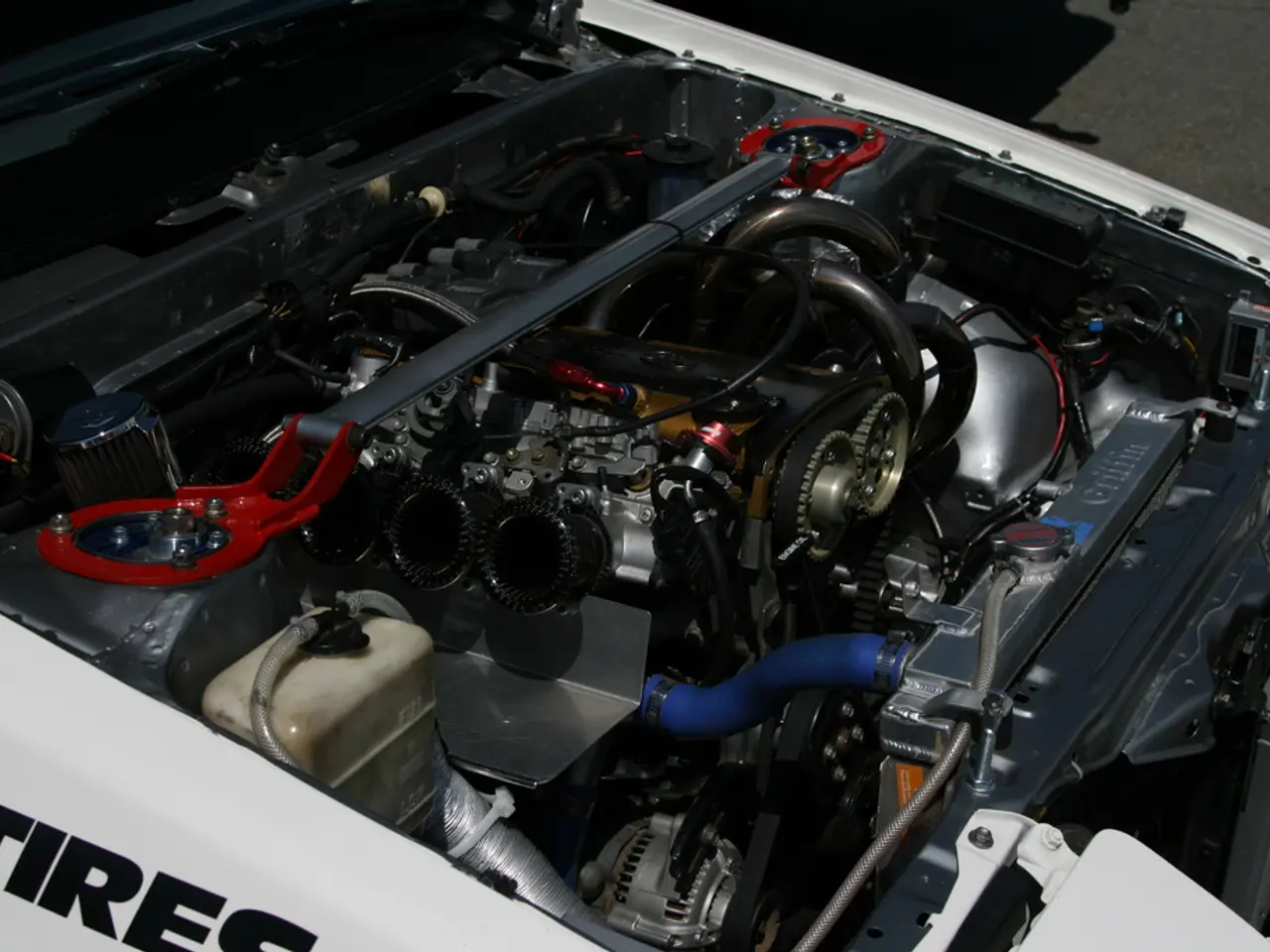European Union Questions Malta's MiCA Crypto License - Potential Inquiry for Shibarium?
In the rapidly evolving world of cryptocurrencies, the European Union (EU) is taking significant steps to ensure transparency, stability, and investor protection through the Markets in Crypto-Assets (MiCA) regulation.
Ireland has partnered with the EU in implementing MiCA, aiming to create a unified legal and regulatory environment for crypto firms serving EU customers. The regulation covers a wide range of requirements, from licensing to consumer protection, and applies uniformly to all national competent authorities (NCAs).
One key requirement is licensing. Crypto firms must apply for and obtain a MiCA license depending on their activities. Distinct licenses are available for electronic money token (EMT) issuers, asset-referenced token (ART) issuers, and crypto-asset service providers (CASPs). Licensed firms can operate across the entire European Economic Area (EEA) with a single license.
Another crucial aspect is the whitepaper disclosure. Issuers of crypto-assets offered to the public or admitted to trading on European exchanges must publish a MiCA-compliant whitepaper. This document must clearly and accurately detail the crypto asset’s features, technology, risks, and the issuer’s business operations to increase investor protection and transparency.
CASPs are also subject to strict governance, capital requirements, custody, administration, and risk management rules. Retail clients have a right of withdrawal of 14 days for crypto-asset purchases without penalties, and MiCA mandates protection against market abuse, fraud, and misuse of crypto-assets, including requirements related to anti-money laundering (AML) and countering terrorist financing (CTF).
The French regulator has already started accepting applications for crypto service providers ahead of MiCA regulation, while the European Securities and Markets Authority (ESMA) has published a review of Malta's licensing procedures for CASPs. The review highlighted key shortcomings in the Maltese Financial Services Authority's (MFSA) approach to the authorization process for a CASP, as it granted authorization despite unresolved material issues and insufficient evaluation of certain risk areas during the approval process.
Navigating this evolving regulatory landscape is crucial for Shiba Inu projects aiming for long-term growth and mainstream adoption in Europe. The Shiba Inu ecosystem, including Shibarium-linked protocols and DeFi projects, may face increased regulatory scrutiny in European markets due to MiCA. Shibarium-using tokens like BONE or TREAT might be impacted if they explore opportunities within the EU.
ESMA has issued guidance to national regulators across the EU, urging them to closely scrutinize specific risk areas such as business expansion plans, conflict of interest management, governance structures, intragroup relationships, ICT infrastructure, Web3 technologies, decentralized products, and the marketing of unregulated services. Governance mechanisms like the Doggy DAO could be subject to regulatory oversight if they engage with licensed entities or manage significant assets.
A notable example of MiCA's impact is Coinbase, which had to end its USDC yield program due to MiCA's licensing requirements. As the EU continues to refine and enforce MiCA, crypto projects seeking to expand into the EU must be prepared to comply with these regulatory requirements to ensure a smooth entry into the European market.
[1] European Commission. (2022). Markets in Crypto-Assets (MiCA). Retrieved from https://ec.europa.eu/info/law/better-regulation/have-your-say/initiatives/12627-Markets-in-Crypto-Assets-MiCA
[2] European Parliament. (2022). Regulation (EU) 2020/852 of the European Parliament and of the Council of 18 June 2020 on markets in crypto-assets. Retrieved from https://www.europarl.europa.eu/doceo/document/TA-9-2021-0406_EN.html
[3] European Securities and Markets Authority. (2022). ESMA provides guidance on the implementation of MiCA. Retrieved from https://www.esma.europa.eu/press-news/esma-news/esma-provides-guidance-implementation-mica
[4] European Securities and Markets Authority. (2022). ESMA issues guidelines on crypto-asset whitepaper disclosure. Retrieved from https://www.esma.europa.eu/press-news/esma-news/esma-issues-guidelines-crypto-asset-whitepaper-disclosure
- The regulation under MiCA requires Shiba Inu projects, such as Shibarium-linked protocols and DeFi projects, to publish MiCA-compliant whitepapers if they intend to offer tokens to the public or list them on European exchanges, increasing transparency and investor protection.
- In order to navigate the European regulatory landscape and ensure compliance with MiCA, Shibarium-using tokens like BONE or TREAT might need to adjust their operations if they explore opportunities within the EU.
- To comply with MiCA's requirements, licensed crypto firms can operate across the EEA with a single license, but they are subject to strict governance, capital requirements, custody, administration, and risk management rules, including protection against market abuse, fraud, and misuse, as well as anti-money laundering and counter-terrorist financing measures.




